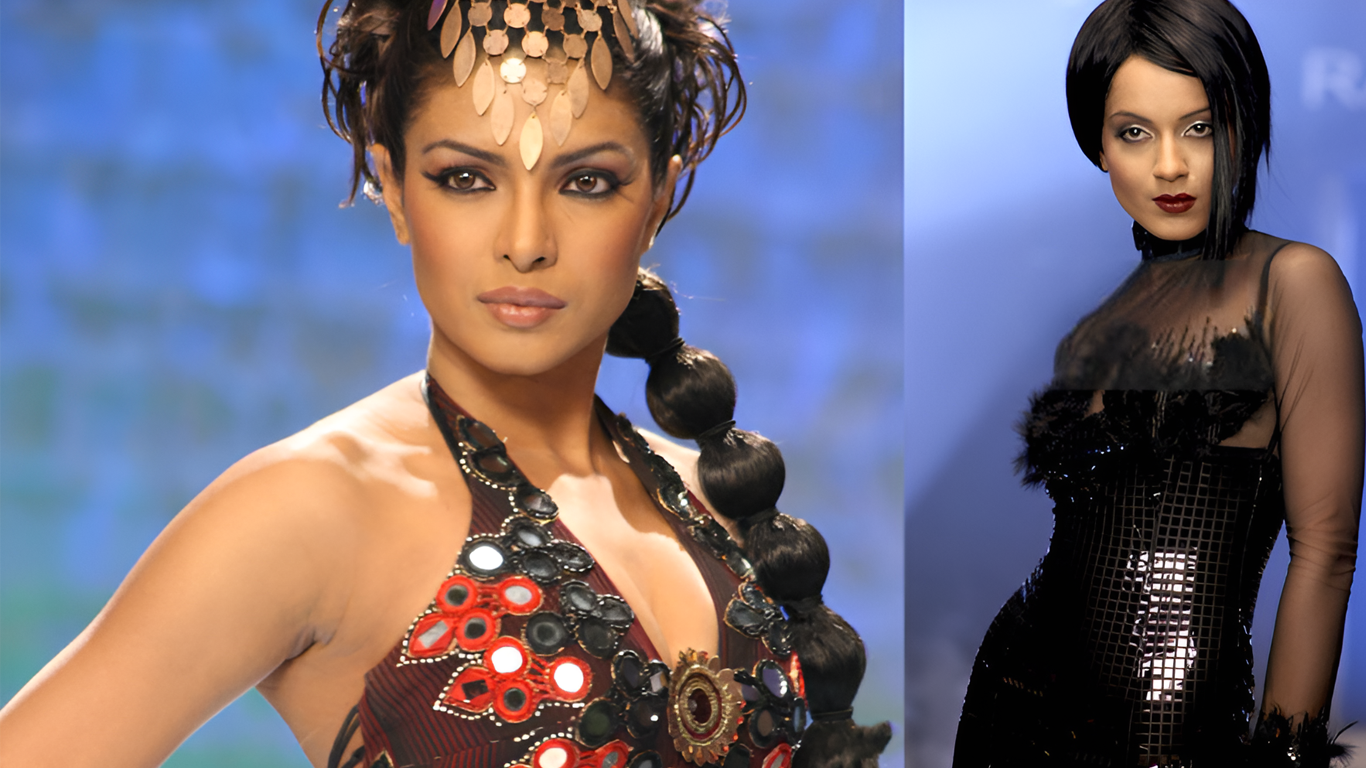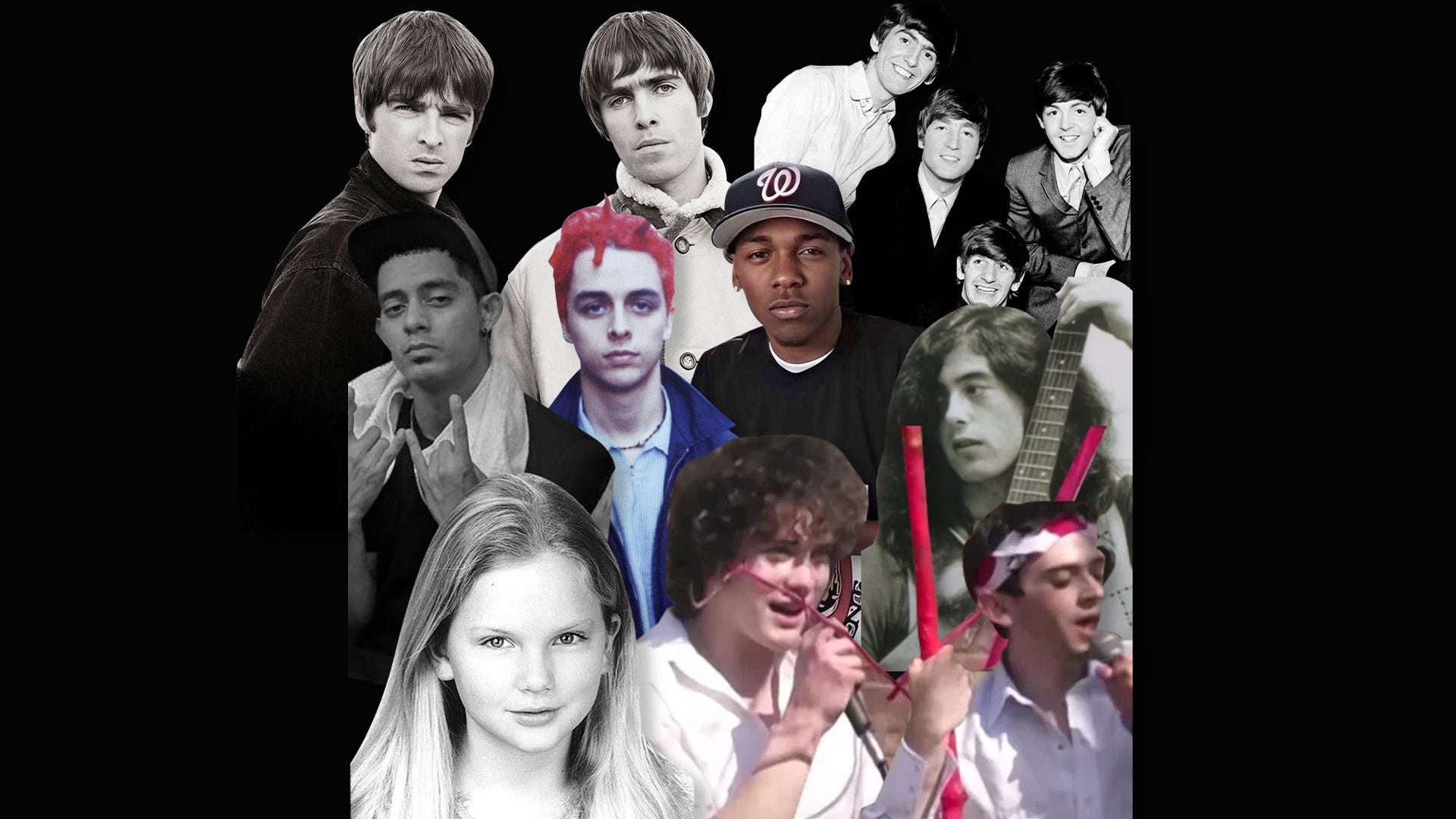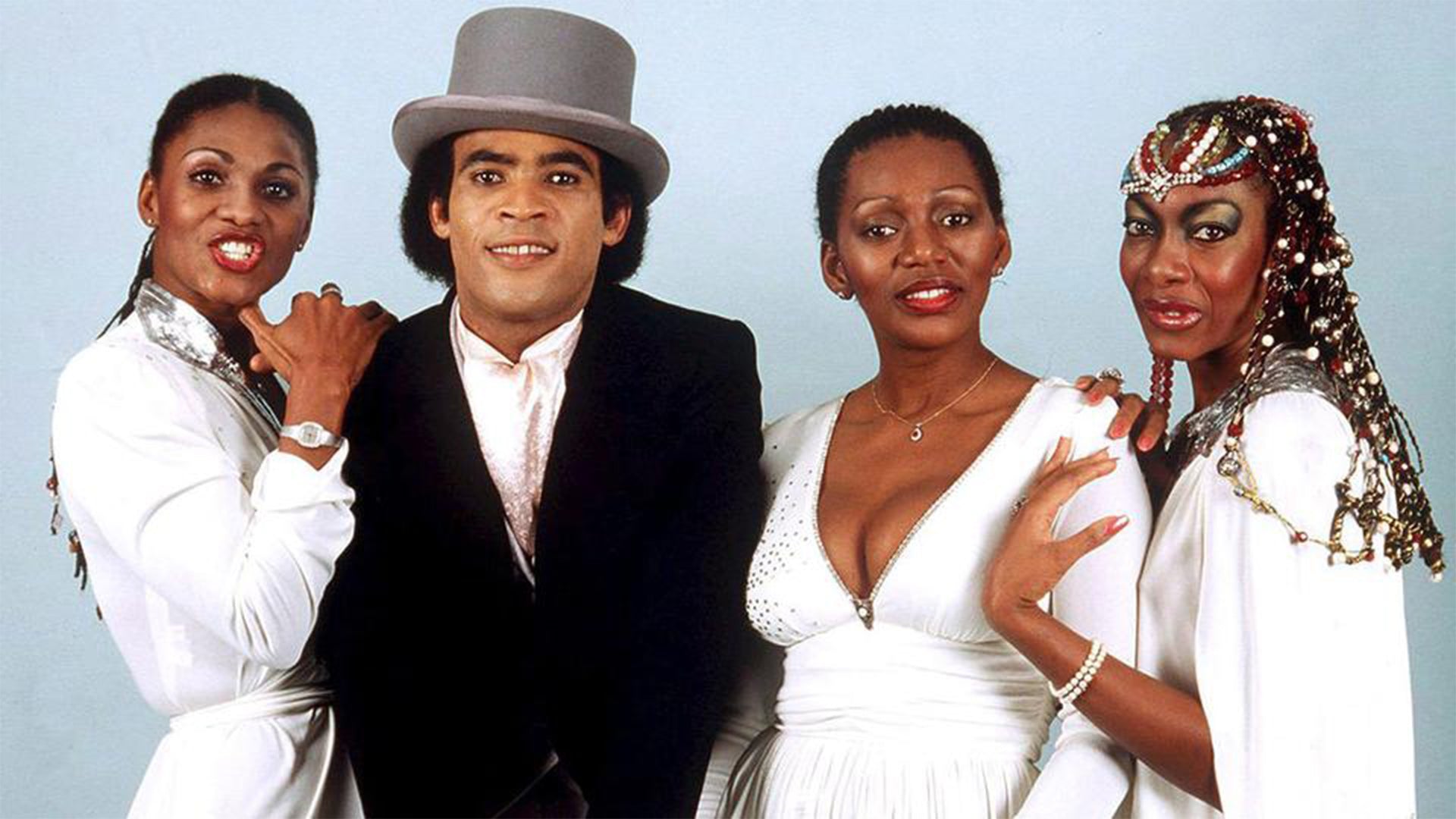Fashion: The World Behind The Glitz
·

·
Madhur Bhandarkar is one of the few directors who concentrates on making films focused on different sections of society; such as Chandni Bar (2001), Satta (2003), Page 3 (2005), and his 2008 cult-classic “Fashion”.
While based on real life, his characters and scenarios are unique in a business that tends toward imitation.
Like many of his earlier films, Fashion is also woman-oriented, with a strong leading trio of Priyanka Chopra, Kangana Ranaut, and Mugdha Godse. Because of its flamboyance and glamour, the industry has always represented a world that feels painfully out of reach for the average Indian, and therefore, highly aspirational to most.
For the score of this film, Bhandarkar, ropes in Salim-Sulaiman along with Irfan Siddiqui and Sandeep Nath.
The album kicks off with “Fashion Ka Jalwa”; a well-paced composition that catches perfectly the full-of-life spirit of runway magic, with Satya Hinduja and rap artist Robert ‘Bob’ Omulo injecting in their trademark coolness (it is very reminiscent of “Kaal” at times).
Next, we find the charmingly raspy Shruti Pathak pairing up with Salim for the bouncy melody “Mar Jawaan.” The composer duo maintains a calm, soothing breeze with Mohit Chauhan and Neha Bhasin’s “Kuch Khaas”; a mellifluous number exploring the delights of love.
‘Aashiyana’ heavily ornamented by percussions, grows on you the more you listen to it.
The “Fashion Theme” blends elements of ambient and lounge music to depict the complicated and heretofore stereotypically sexually liberated trajectory of Meghna Mathur (played by Priyanka Chopra).
What one can easily distinguish in the music that Salim-Sulaiman composed is the fact that all the composed musical elements including the principal themes and motifs are integrated.
Fashion appears as if it’s a tale told by someone who hasn’t experienced much of the world firsthand. Although there are occasional mentions of substance use, promiscuity, homosexuality, smoking and drinking; it never feels like this is what it must be like, behind the scenes in the fashion world.
While based on real life, his characters and scenarios are unique in a business that tends toward imitation.
Like many of his earlier films, Fashion is also woman-oriented, with a strong leading trio of Priyanka Chopra, Kangana Ranaut, and Mugdha Godse. Because of its flamboyance and glamour, the industry has always represented a world that feels painfully out of reach for the average Indian, and therefore, highly aspirational to most.
For the score of this film, Bhandarkar, ropes in Salim-Sulaiman along with Irfan Siddiqui and Sandeep Nath.
The album kicks off with “Fashion Ka Jalwa”; a well-paced composition that catches perfectly the full-of-life spirit of runway magic, with Satya Hinduja and rap artist Robert ‘Bob’ Omulo injecting in their trademark coolness (it is very reminiscent of “Kaal” at times).
Next, we find the charmingly raspy Shruti Pathak pairing up with Salim for the bouncy melody “Mar Jawaan.” The composer duo maintains a calm, soothing breeze with Mohit Chauhan and Neha Bhasin’s “Kuch Khaas”; a mellifluous number exploring the delights of love.
‘Aashiyana’ heavily ornamented by percussions, grows on you the more you listen to it.
The “Fashion Theme” blends elements of ambient and lounge music to depict the complicated and heretofore stereotypically sexually liberated trajectory of Meghna Mathur (played by Priyanka Chopra).
What one can easily distinguish in the music that Salim-Sulaiman composed is the fact that all the composed musical elements including the principal themes and motifs are integrated.
Fashion appears as if it’s a tale told by someone who hasn’t experienced much of the world firsthand. Although there are occasional mentions of substance use, promiscuity, homosexuality, smoking and drinking; it never feels like this is what it must be like, behind the scenes in the fashion world.



